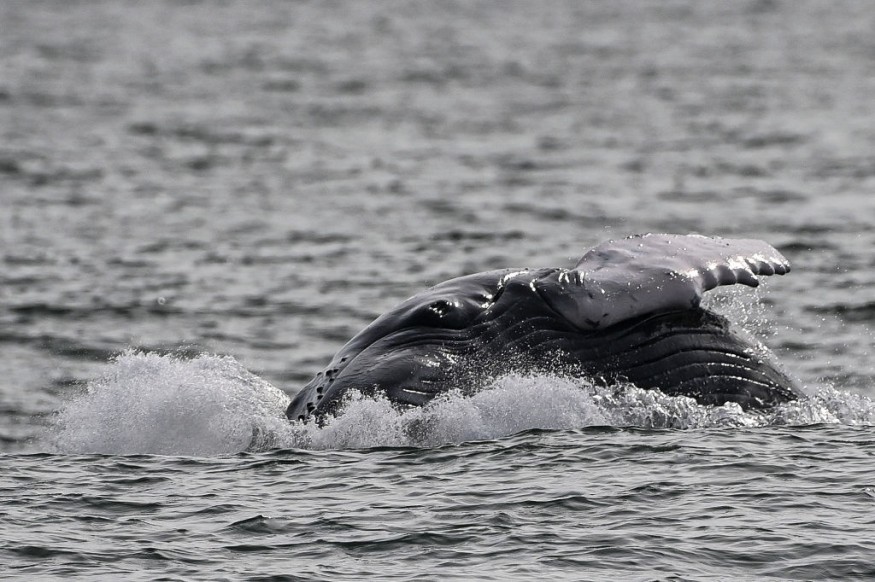Photographs recently revealed that some humpback whales are traveling thousands of kilometers between Hawaii and Mexico to look for a female whale or mate.
New Scientist reported that the travel of the said whales takes place in one breeding season. They may be more mobile during their breeding season than previously thought, with some of them traveling up to 6,000 kilometers.
With the scientific name "Megaptera novaeangliae," humpback whales are present in all major oceans. Specifically, those in the North Pacific usually spend their summers feeding around Canada and Alaska before migrating south in the winter to waters for breeding close to Mexico.
Historically, scientists have supposed that the whales opted for either Hawaii or Mexico as a breeding site. Nevertheless, like shared whale songs, some evidence specifies that the two whale groups may mix.

2 Whale Species Identified
To further examine, Hawaii-based Whale Trust Maui's James Darling and his colleagues examined images of over 26,000 humpback whales captured by both amateur and professional photographers since 1977.
Whales are characterized by unique skin pigment markings on their tails' underside, enabling them to be precisely identified. With the use of software, the scientists recognized two whales that were photographed in both Mexico and Hawaii during the same winter breeding seasons.
One male had traveled more than 4,500 kilometers in 53 days, leaving a group off Olowalu on the Hawaiian island of Maui to be part of a group of three whales off Isla Clarion in Mexico's Revillagigedo archipelago in 2006.
A second whale, possibly a male too, had traveled more than 5,900 kilometers from south of Zihuatanejo in Mexico to Waters in the 'Au'au Channel off Maui 49 days after, in winter of 2018. There, this whale species was one of the seven whales chasing a single female as a challenger or a secondary escort to her primary mate.
Chasing Females
Darling explained their initial reaction was, "You've got to be kidding me!" However, the distances that appear huge to humans may not be substantial to whales.
He added that these whales might just be traveling the oceans as if they were their backyard. He continued explaining that this changes the way they think about whales.
During the summer months, observers had seen both these animals in northern feeding grounds off the Alaskan and Canadian coasts.
While findings of the study published in the Biology Letters journal, based totally on serendipitous snapshots, only exhibit males, females may be making these long treks, as well, Darling explained.
He elaborated if the males were out there chasing females, it would make more sense compared to them out there alone swimming for 40 days without females during the breeding season.
Conservation Status
A similar newyorkgiantslockershop.com report specified that typically, whales are traveling at coasting speeds of roughly four kilometers an hour.
According to Darling, even if such whales had been photographed precisely on their departure and arrival dates, computations have proposed they were swimming quicker than this.
Results specified no unique whale populations in the northeast Pacific but numerous overlapping groups.
Lastly, the findings are also calling into question rules concerning the conservation status of the whales. For instance, since the 1990s, whales that overwinter in Mexico are considered endangered, while those overwinter around Hawaii are classified as "not at risk."
Related information about humpback whales arriving in Hawaii for the mating season is shown on Nat Geo WILD's YouTube video below:
RELATED ARTICLE : 'Trapdoor' Help Fin Whales Lunge Through the Water with Mouth Wide Open Without Choking, Drowning
Check out more news and information on Whales in Science Times.
© 2025 ScienceTimes.com All rights reserved. Do not reproduce without permission. The window to the world of Science Times.








